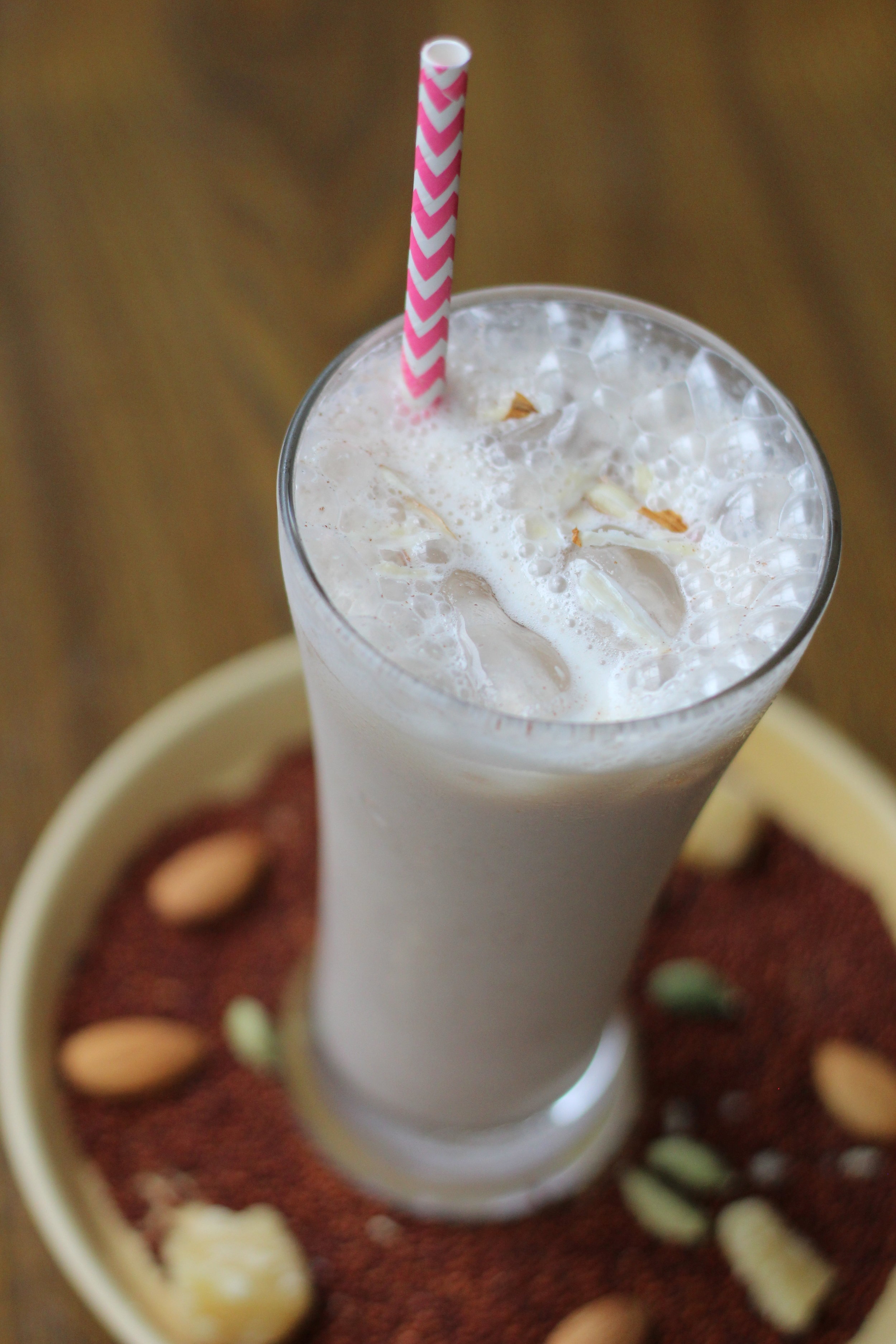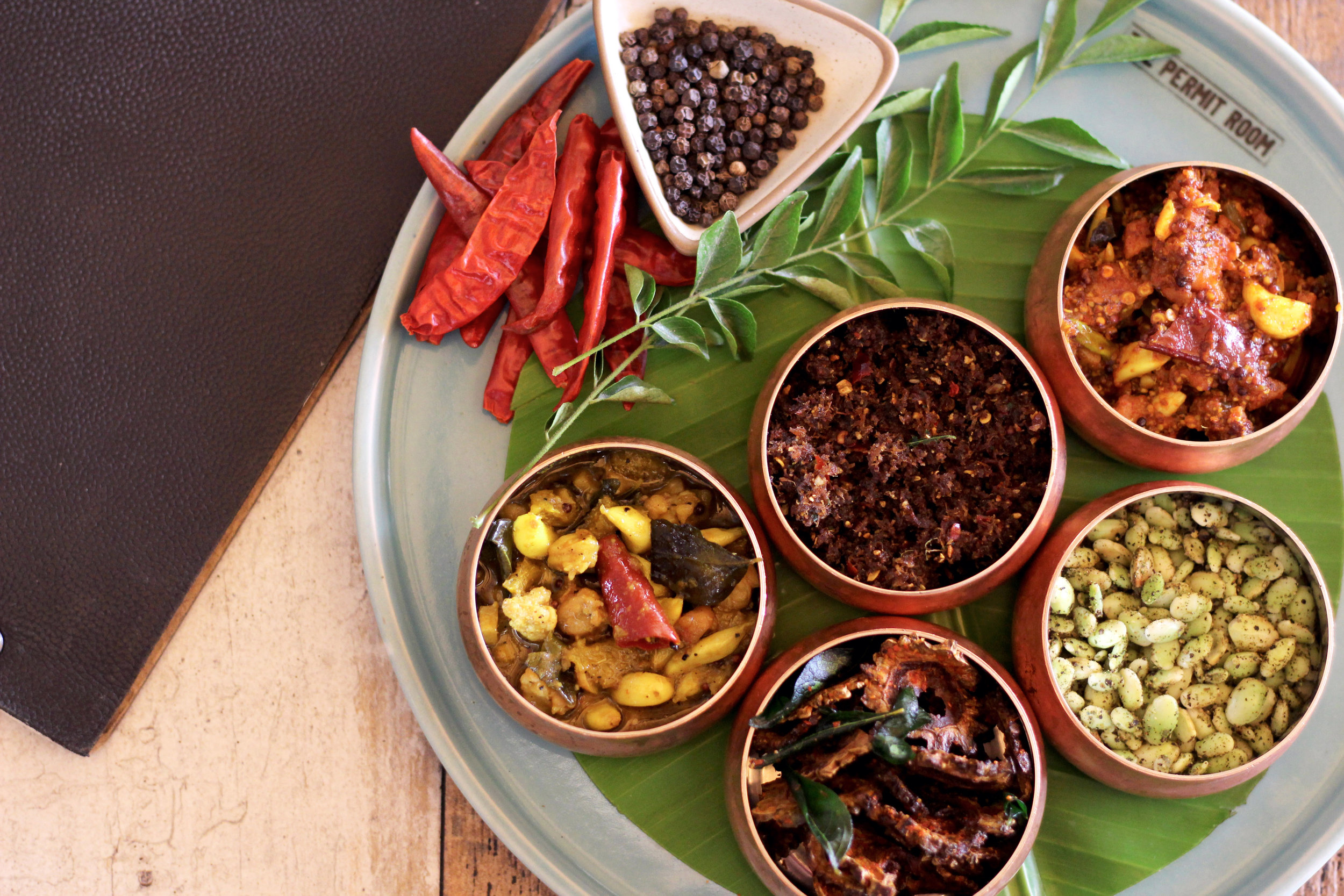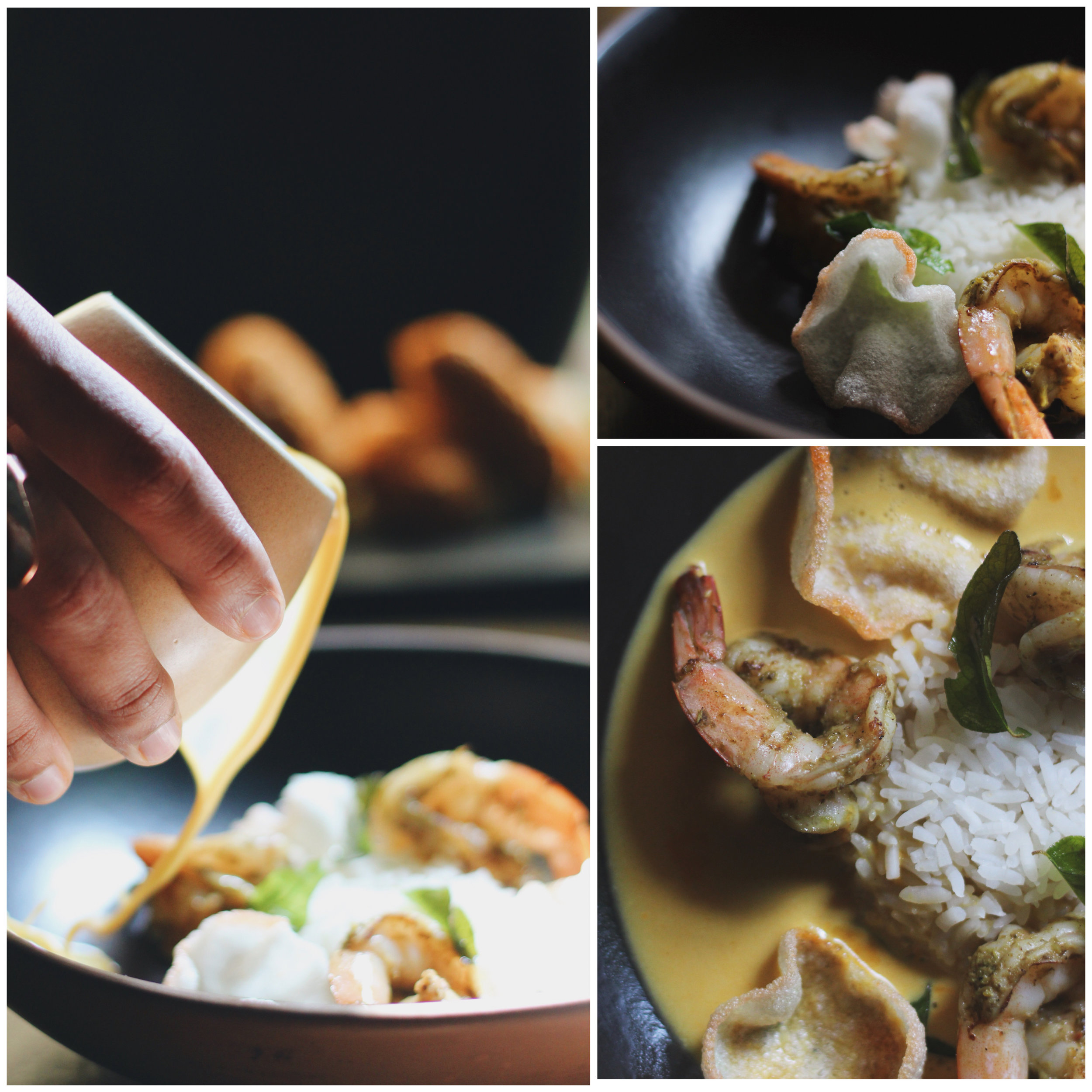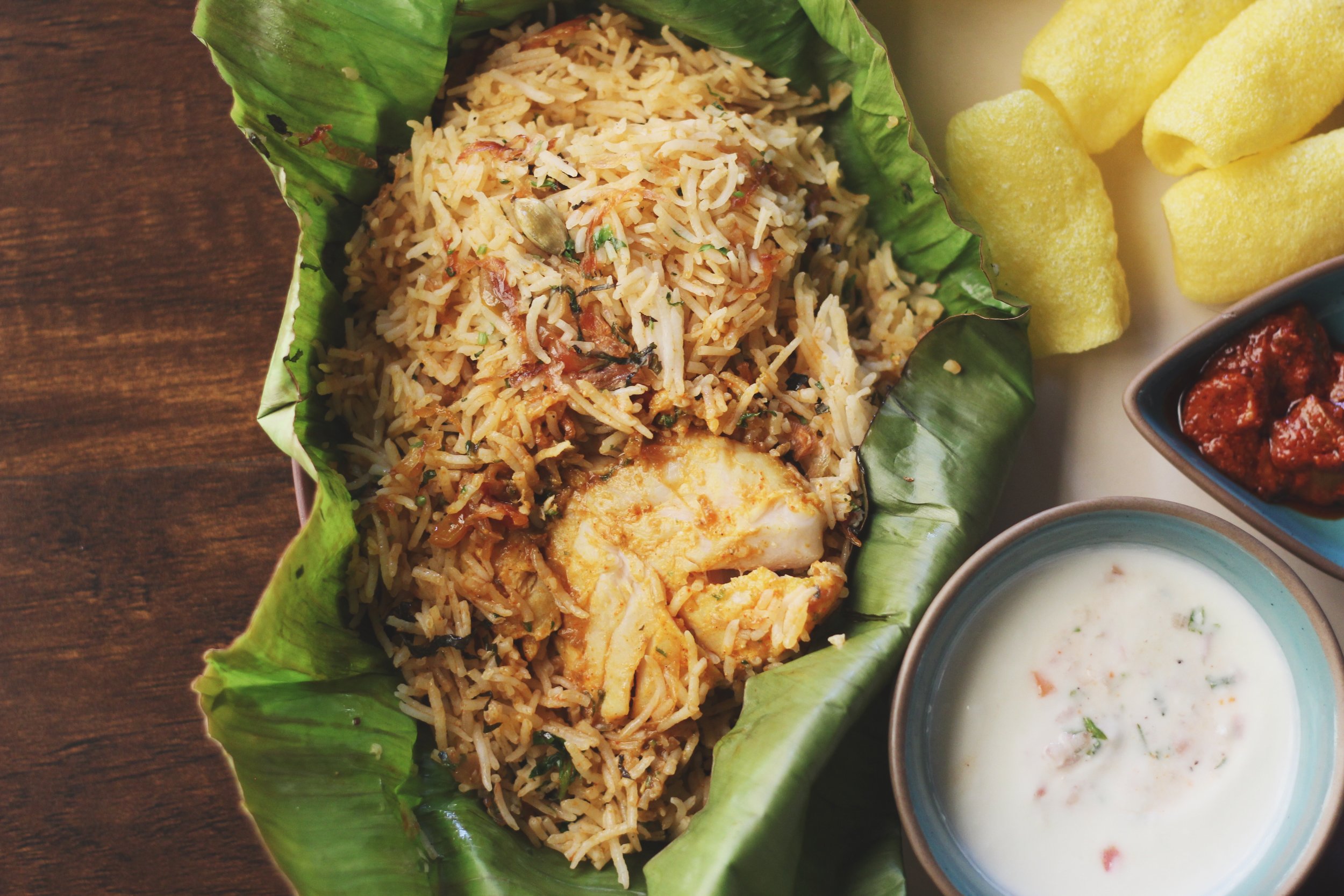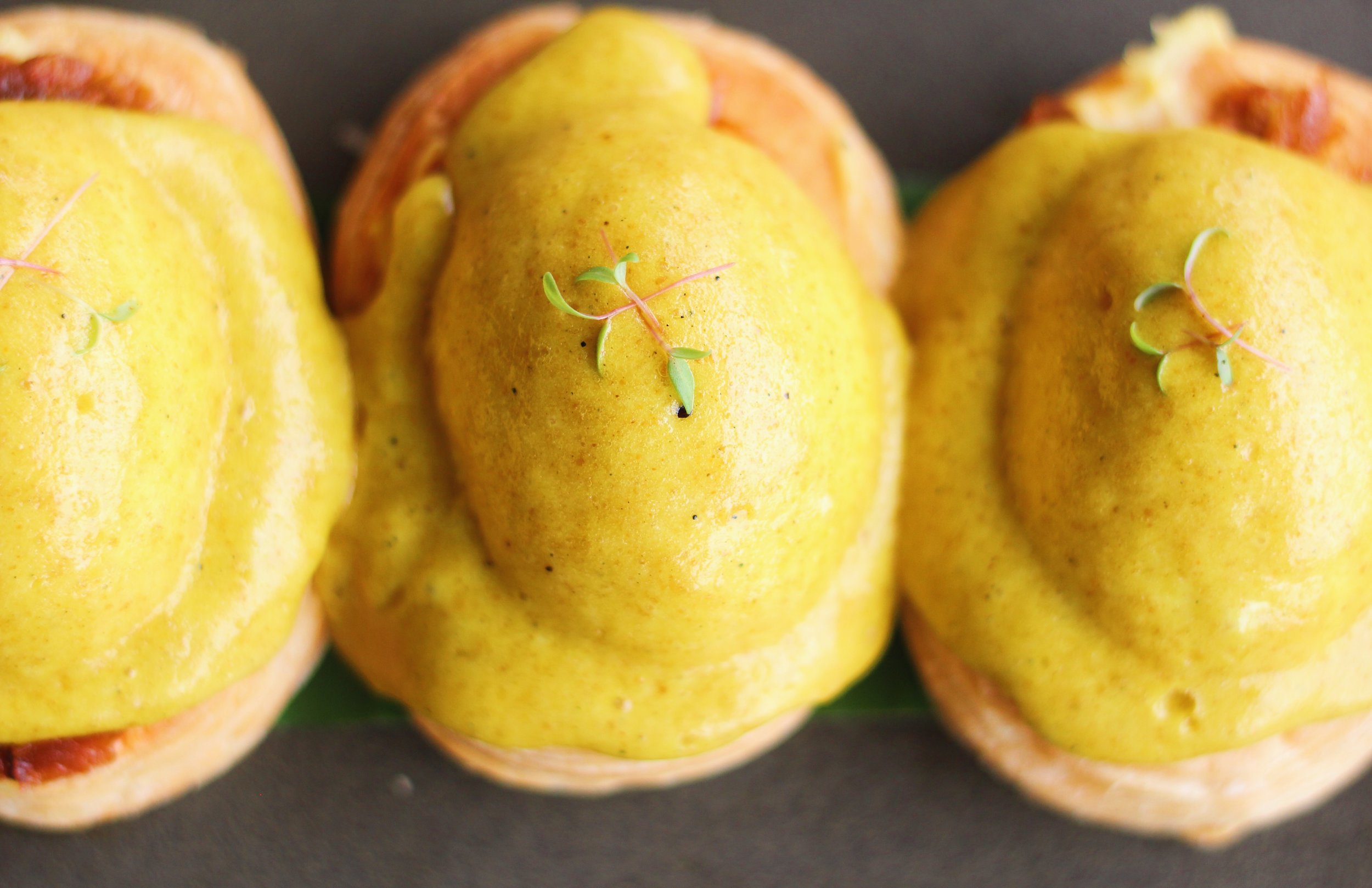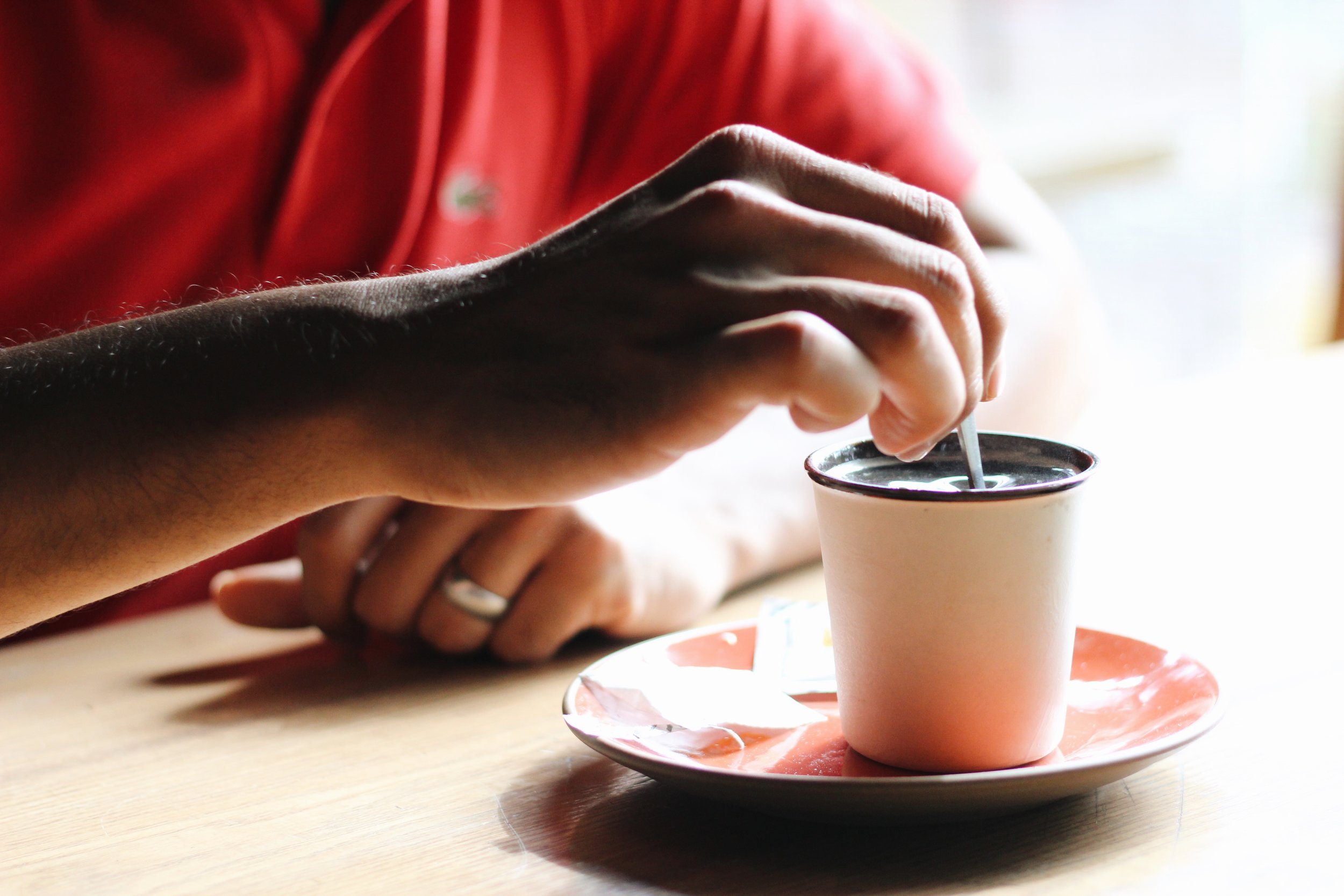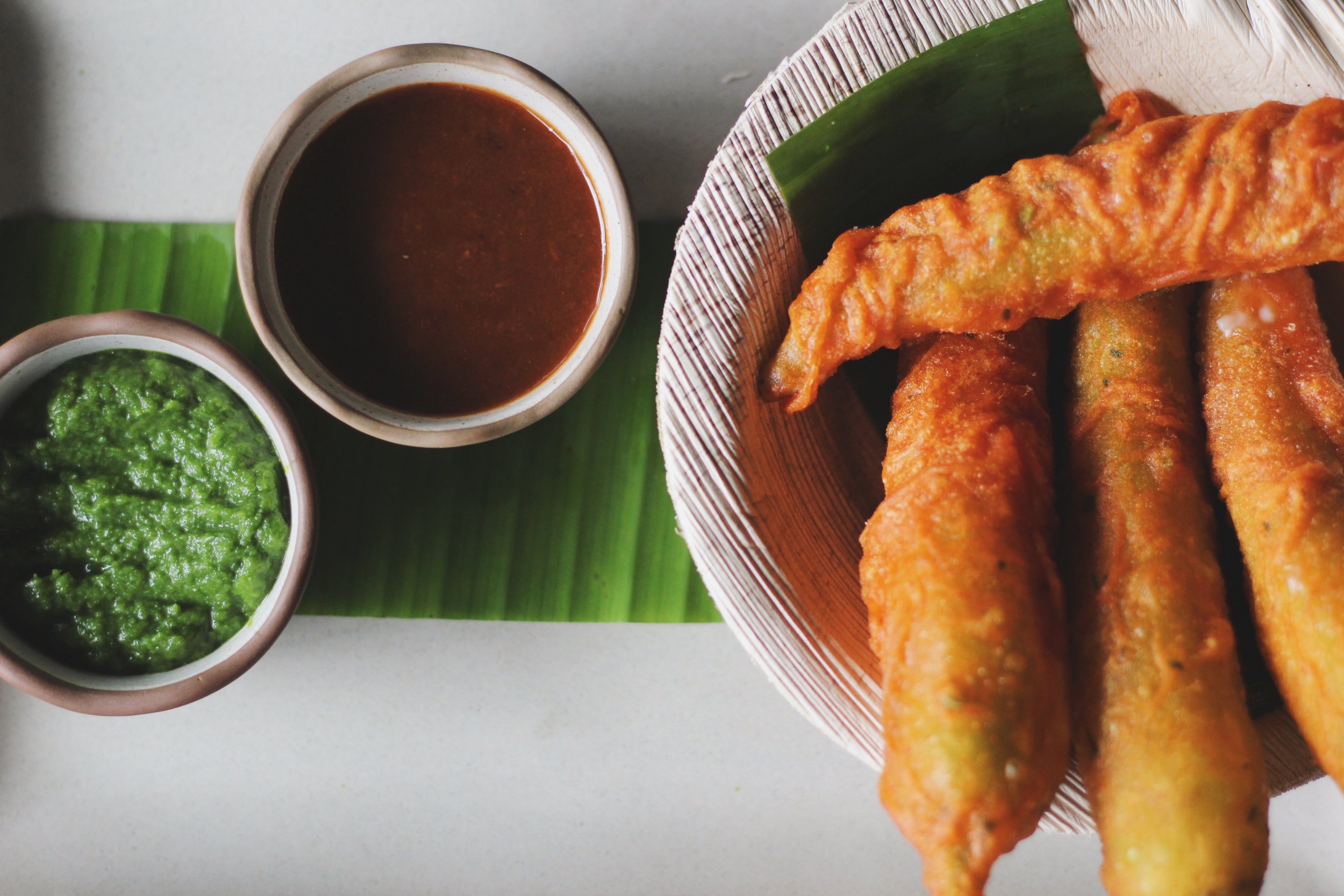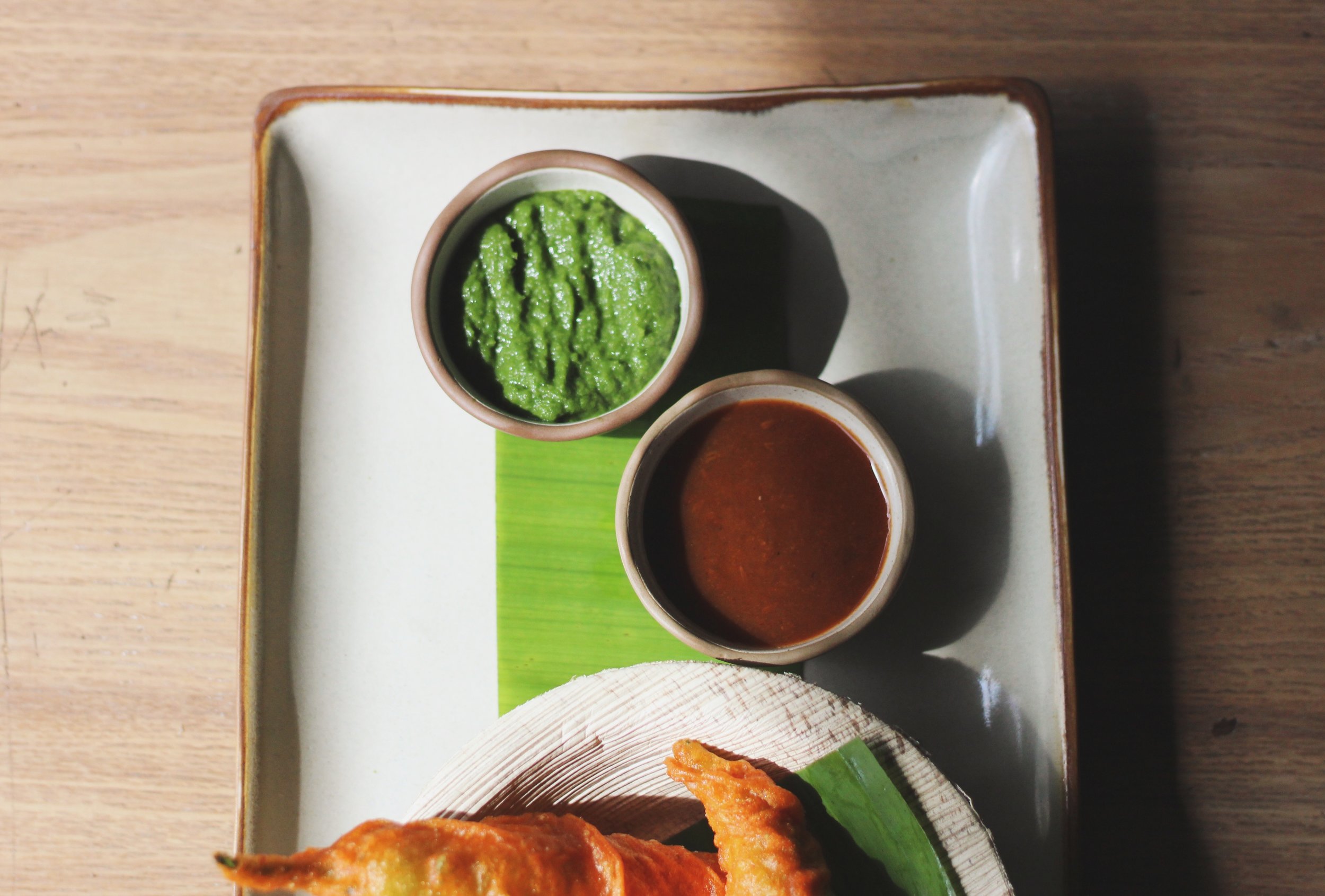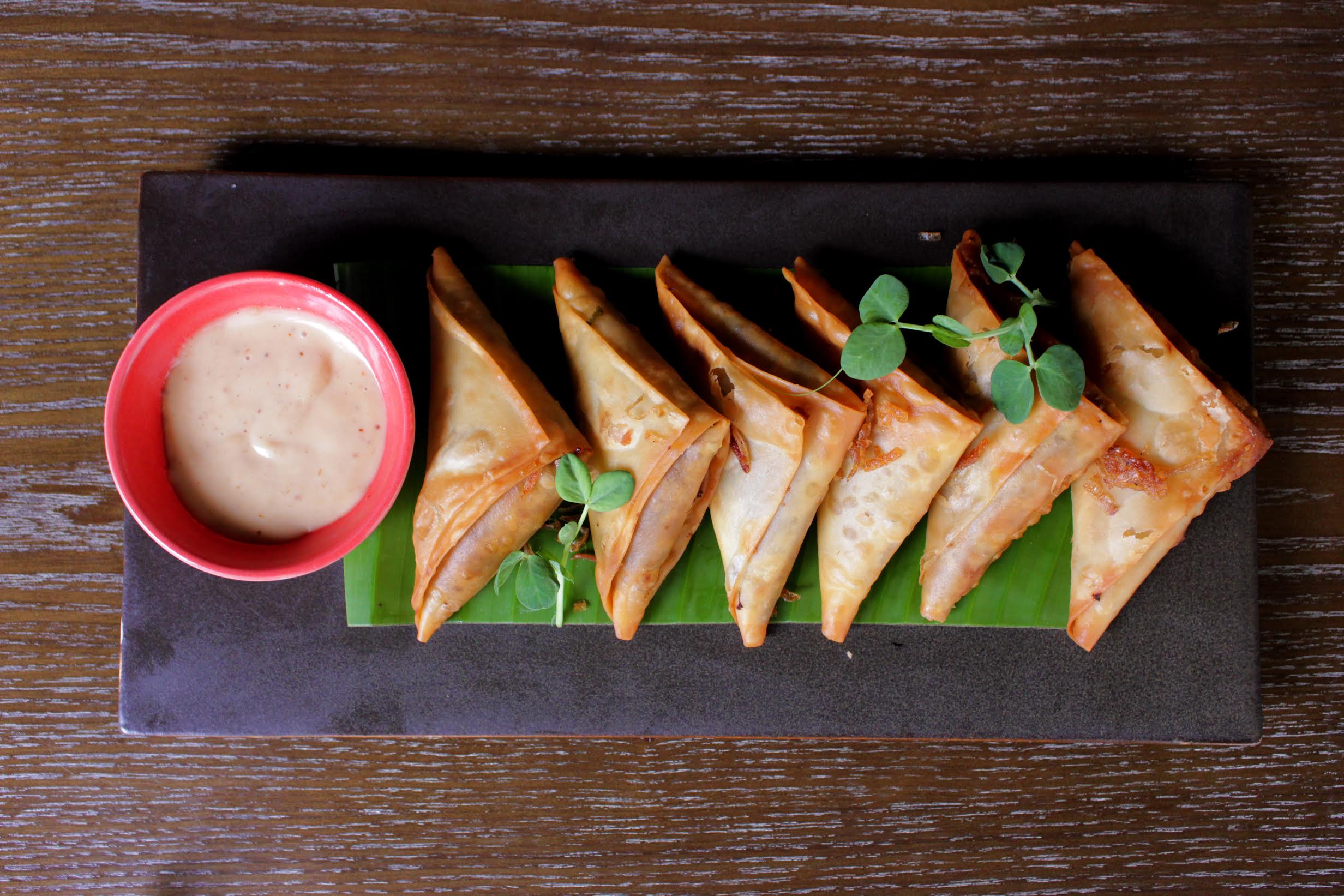We’ve got an all-new, for-a-limited-time-only Special Menu.
We’re celebrating the traditional flavours and foods of Karnataka with our Mannina Menu.
The menu is all about soul food, involving local delicacies made from ragi, jowar and barley, but with a TPR twist, of course.
"It mudde been love..."
Mannina means from the earth/soil in Kannada, and that’s essentially the inspiration behind this special menu.
These grains have been a source of strength and satiation for centuries, and our little menu is a showcase of all the things that are intrinsically nourishing and from the soil of this state, our home.
We begin with the Barley Salad, which is barley, and a host of crunchy roasted vegetables served with a curry leaf dressing and some hung curd.
Our Chips and Gojju will make you nostalgic. The ideal snack, both healthy and filling, the tomato gojju and curd dip are perfect accompaniments.
And to quench the chips-induced thirst, is our healthy Ragi Kanji, which includes the rather delightful flavours of jaggery, almond and cardamom as well.
And its complimentary with any dish of your choosing. How’s that!?
It wouldn’t be a TPR special without a modern twist—that’s why we have the Ragi Crêpe with Chicken Sukkha. Which is pretty much what it sounds like. Familiar and exotic, all at the same time.
If you're happy and you know it, crêpe your hands...sorry...
You can’t call it the ‘Mannina’ menu without the staple favourite of the land, Ragi Mudde. Ours comes with the option of Soppu Saaru or Mutton Korma. Set!
Finishing things off on a sweet note, and making a repeat appearance, our Ragi dessert, which combines three textures in the form of a Ragi terrine, sponge and custard, with a coconut and jaggery ice cream.
Sons (daughters also) of the soil— come by and rejoice!
Our Chef Says
"You can't call yourself a South-Indian restaurant in Karnataka without showcasing a menu that includes Ragi mudde and other local grains, which have been a source of nourishment and sustenance since time immemorial. This special menu has been developed in a way that is true in style to both The Permit Room and also Karnataka."




